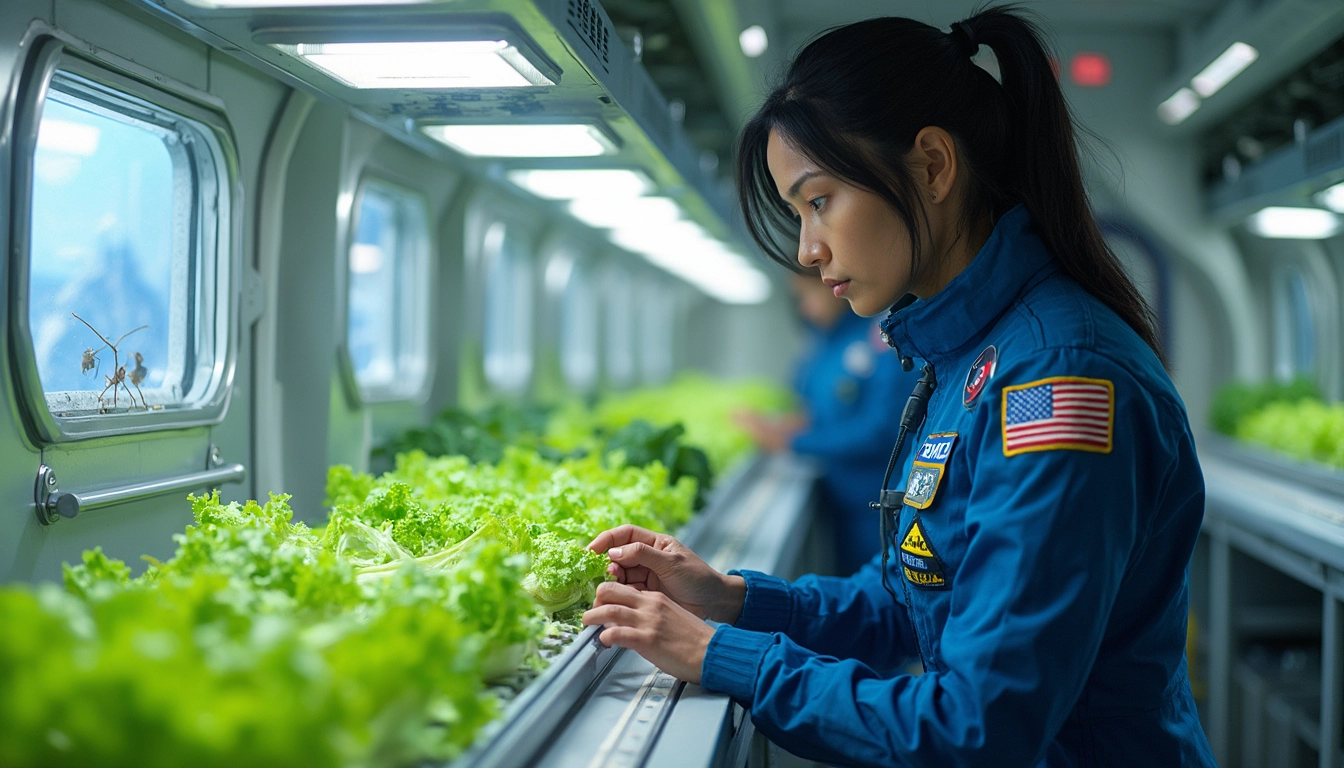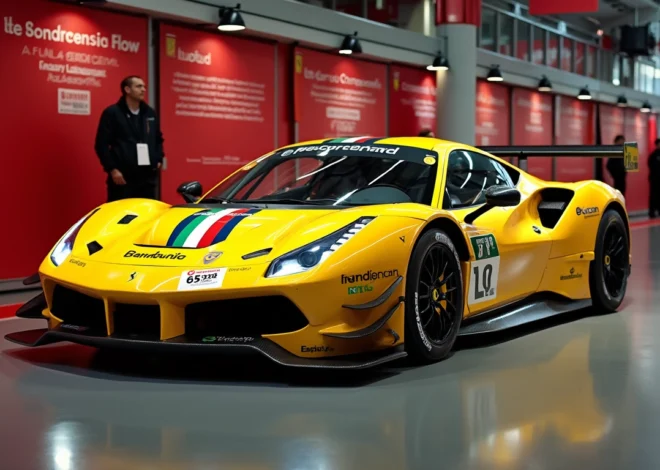
Space Farming Breakthrough: Sunita Williams Cultivates Lettuce on ISS for Research
Space farming is taking a giant leap forward with astronauts like Sunita Williams cultivating lettuce aboard the International Space Station (ISS). This groundbreaking experiment isn’t just about growing greens; it’s paving the way for sustainable nutrition in long-term space missions.
Key takeaways:
- Experimental farming on the ISS focuses on research, not consumption
- Prepackaged space food leads to nutritional deficiencies after 7-8 months
- The NuCLEUS system by Interstellar Lab produces 22 pounds of plants and insects in 1.5 months
- Closed-loop systems minimize waste and recycle resources efficiently
- NASA aims to develop sustainable food systems for future Mars missions
Table of Contents
The Challenges of Space Nutrition
Feeding astronauts in space is no small feat. The nutritional quality of prepackaged food degrades over time, leading to deficiencies in essential nutrients like magnesium, potassium, and vitamin B12 after just 7-8 months. This poses significant health risks for long-duration missions.
Astronauts like Sunita Williams face unique challenges in microgravity, including weight loss and fluid shifts. The limited availability of fresh produce on the ISS, which is replenished only once every three months, further complicates maintaining a balanced diet in space.
Pioneering Space Farming
Enter Sunita Williams, a trailblazer in space exploration and now in space farming. Her involvement in experimental lettuce cultivation on the ISS marks a significant step towards sustainable space nutrition. It’s important to note that this lettuce isn’t for eating – it’s purely for research purposes.

This experiment builds on the historic moment in 2015 when astronauts first consumed space-grown lettuce, a milestone that opened up new possibilities for space agriculture. The potential impact of these experiments on future long-term missions, particularly to Mars, cannot be overstated.
Innovations in Space Farming: The NuCLEUS System
Interstellar Lab’s NuCLEUS system is revolutionizing space farming. This cutting-edge technology is designed to grow a variety of crops, including Daikon radish and broccoli, in the challenging environment of space. The system utilizes AI to optimize growing conditions such as lighting and humidity, reducing the need for constant human oversight.
The efficiency of the NuCLEUS system is remarkable:
- It produces approximately 22 pounds of plants and insects in just 1.5 months
- The modular design allows for flexibility and scalability
- AI-driven farming optimizes resource use and crop yield
Closed-Loop Systems and Resource Efficiency
One of the most impressive aspects of modern space farming is the emphasis on closed-loop systems. These systems minimize waste by design – insects consume plant waste, and their by-products are used as fertilizer. This approach is crucial for long-term space missions where resources are extremely limited.
Water efficiency is another key feature. These systems recycle water so effectively that they require only power, occasional water top-ups, and minimal crew time to operate. This level of efficiency is essential for sustainable space exploration.
The Future of Space Nutrition
Looking ahead, there are plans to launch the NuCLEUS system into space as a sustainable food solution for astronauts. NASA and Interstellar Lab are collaborating to develop food systems for future Mars missions, with a focus on sustainability and efficiency.
The scale of the challenge is significant. For Mars missions, each crew member will require about 661 pounds of food annually. Compare this to the current daily food consumption of 3.8 pounds per astronaut on the ISS, and it’s clear why developing efficient space farming techniques is crucial.
As we continue to push the boundaries of space exploration, the work of pioneers like Sunita Williams in space farming is laying the groundwork for sustainable, long-term human presence in space. While the lettuce she’s growing isn’t for eating now, it’s a vital step towards a future where astronauts can enjoy fresh, nutritious produce millions of miles from Earth.
If you’re fascinated by the possibilities of space farming and want to explore how automation can revolutionize various aspects of our lives, including space exploration, check out Make.com. This powerful automation platform can help you streamline processes and bring innovative ideas to life, whether on Earth or in space!
Sources:
Economic Times
NDTV
India Today



One thought on “Space Farming Breakthrough: Sunita Williams Cultivates Lettuce on ISS for Research”